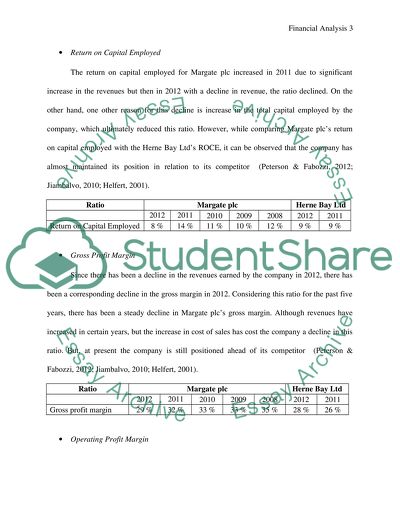Cite this document
(“Analysis of Accounts Case Study Example | Topics and Well Written Essays - 2000 words”, n.d.)
Analysis of Accounts Case Study Example | Topics and Well Written Essays - 2000 words. Retrieved from https://studentshare.org/finance-accounting/1466929-analysis-of-accounts
Analysis of Accounts Case Study Example | Topics and Well Written Essays - 2000 words. Retrieved from https://studentshare.org/finance-accounting/1466929-analysis-of-accounts
(Analysis of Accounts Case Study Example | Topics and Well Written Essays - 2000 Words)
Analysis of Accounts Case Study Example | Topics and Well Written Essays - 2000 Words. https://studentshare.org/finance-accounting/1466929-analysis-of-accounts.
Analysis of Accounts Case Study Example | Topics and Well Written Essays - 2000 Words. https://studentshare.org/finance-accounting/1466929-analysis-of-accounts.
“Analysis of Accounts Case Study Example | Topics and Well Written Essays - 2000 Words”, n.d. https://studentshare.org/finance-accounting/1466929-analysis-of-accounts.


